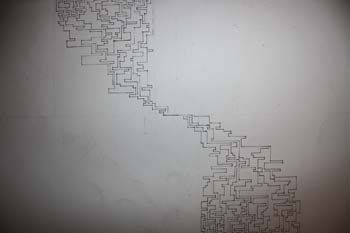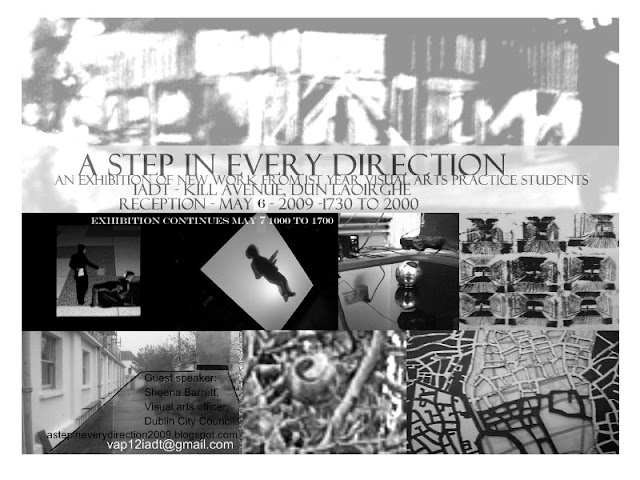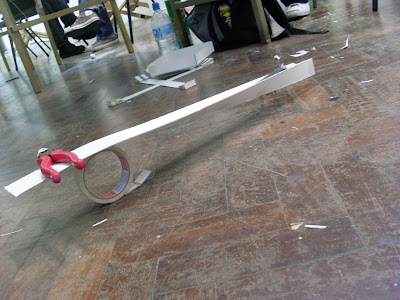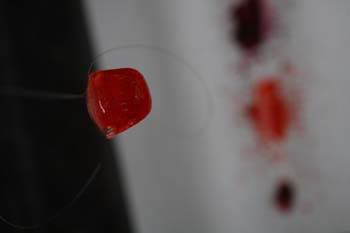
This review is on the project of first year fine art student Michael Gavigan and his work is focused around the theme of time. I chose to focus on this student in particular because of the metaphors he uses within his pieces to illustrate various aspects of time in a number of ways been part of the working process and involves some deliberate experiments.
Michael’s chose a sub theme of Chaos, throughout his project. His was in a number of ways acknowledged by the artwork of Eva Hesse, Felix Gonzalles Torres, and Mike Kelly. These artists deal with the theme of time . Michael. Found inspiration by single images and artworks such as “two lover” by Felix Gonzalles Torres, “metronomic irregularity” Eva Hesse and Mike Kelly “Educational Complex Onwards:1995 -2008” An Irish artist of note who deals with this theme previously is Grace Weir with her exhibition “In your own time” in Hugh Lane which is currently running until the 24 May this year. The exhibition dealt with humankinds measurement, experience and understanding of time.
Time as a theme is very complicated, broad and hard to work with at times because of the complexity. His first trials dealt with the aspect of how time is so unpredictable, these tests included a group of ice cubes melting simultaneously and food colouring being poured into water.
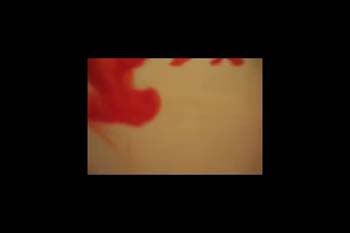
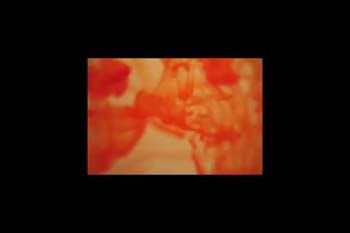
Michaels second set of experiments were trials relating to peoples responses to time and its restrictions. These tests consisted of a volunteer, a paint brush and a large white sheet of paper. The idea was to give the person a time limit to cover the sheet in whichever way they intended. This would illustrate the psychology behind time and how people react to time limitations.

The third experiment concentrated on structured drawn lines and started form the middle of the page. Michaels opening quote ‘Chaos eventually becomes chaos becomes order, it is from chaos that a ‘Moment’ is created and time follows’. These drawings demonstrate this concept.
The next and final sets of experiments are a set of mechanisms constructed onto a cardboard base, consisting of a number of small motors as straw pieces of plastic. The plastic pieces are placed in a circular pattern around the motor and they work in a clockwise movement. These mechanisms are placed onto a large sheet of cardboard and then the mechanisms move simultaneously. The movement of these it is to illustrate the complexity of time. On the cardboard there is a spiral design that Michael created at the beginning of the project. The design demonstrates the idea of a moment and how a moment can change from one way to another.
